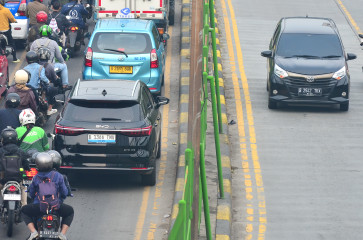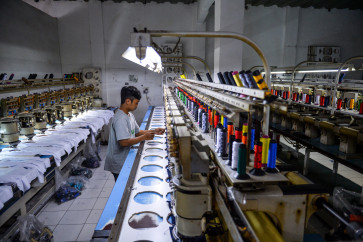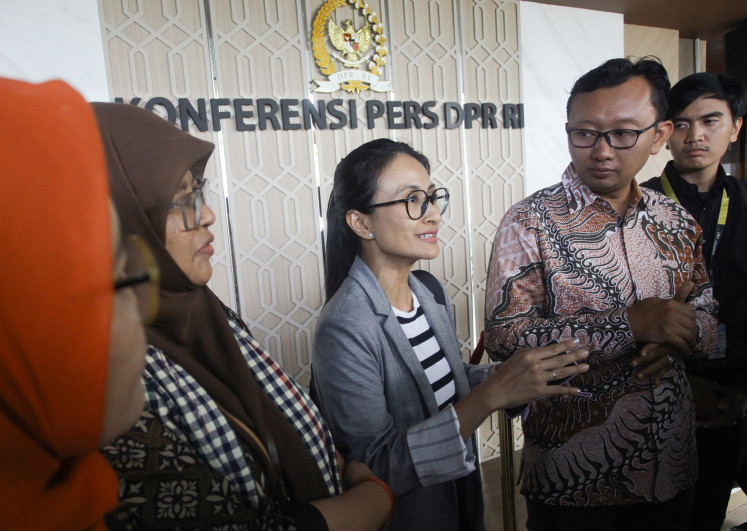Popular Reads
Top Results
Can't find what you're looking for?
View all search resultsPopular Reads
Top Results
Can't find what you're looking for?
View all search resultsGovt, political parties still biggest advertisers in Indonesia
Illustration (Kompas/Heu Sri Kumoro)After enjoying windfall profits during the 2014 elections â the nation's biggest political festival â ad agencies have continued to enjoy a bountiful income from political advertising this year, a Nielsen survey says
Change text size
Gift Premium Articles
to Anyone
Illustration (Kompas/Heu Sri Kumoro)
After enjoying windfall profits during the 2014 elections ' the nation's biggest political festival ' ad agencies have continued to enjoy a bountiful income from political advertising this year, a Nielsen survey says.
Media director of Nielsen Indonesia Hellen Katerina said that even without an election campaign so far this year, political advertising had still dominated advertisers' incomes, with money going toward congratulatory or condolence-offering ads from government institutions and political entities.
"About 36% of advertising earnings in the third quarter of 2015 came from the government and political organizations. Compared to the same period last year, this is down 15 percent but still dominates the advertising industry, which is worth Rp 4.6 trillion [US$335 million]," she said to the press in Jakarta on Wednesday.
The spending also came from regional administrations, with East Kalimantan province being the biggest spender. In the third quarter, it disbursed Rp 404.9 billion for advertising, a 79 percent increase year-on-year (yoy).
East Kalimantan ' dubbed the richest province in Indonesia thanks to coal, palm oil and oil and gas ' received many awards from the finance minister last month related to excellent public service performances and financial reporting.
Riau province spent the second most on ads in quarter three, totaling Rp 355.3 billion, a 3 percent rise yoy. To compare, this amounts to half the advertising spending of Indomie ' the country's biggest individual spender ' with Rp 723 billion.
In terms of media, TV was still the main choice for advertising, taking 72 percent of the market. It defeated newspapers and magazines, which received 26 percent and 3 percent of the market, respectively.
But in terms of market-share growth, magazines led the way with 13 percent growth, followed by TV, which gained 8 percent, and newspapers, whose market share increased by 6 percent. One reason for that, Katerina said, was that many newspapers had shut down.
In 2014 there were 170 media companies monitored by Nielsen, but that decreased to 132 in 2015. Sixteen TV stations closed down this year in Indonesia, and 22 print media companies went bankrupt.
Nielsen's survey was taken in 11 big cities across Indonesia: Jakarta, Bandung, Semarang, Yogyakarta, Surakarta, Medan, Palembang, Surabaya, Denpasar, Banjarmasin and Makassar. It surveyed a wide range of individuals and organizations, including 2,273 households and 8,736 organizations, all selected using stratified random sampling. (ags)(+)










